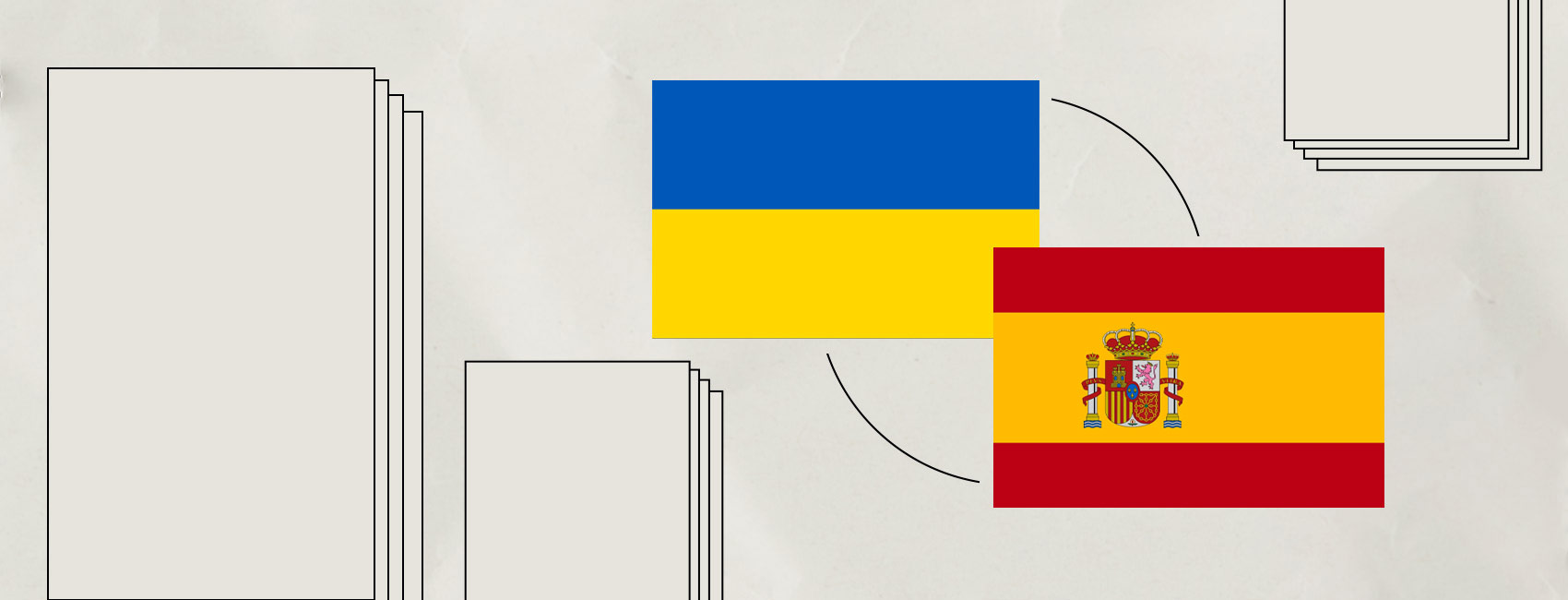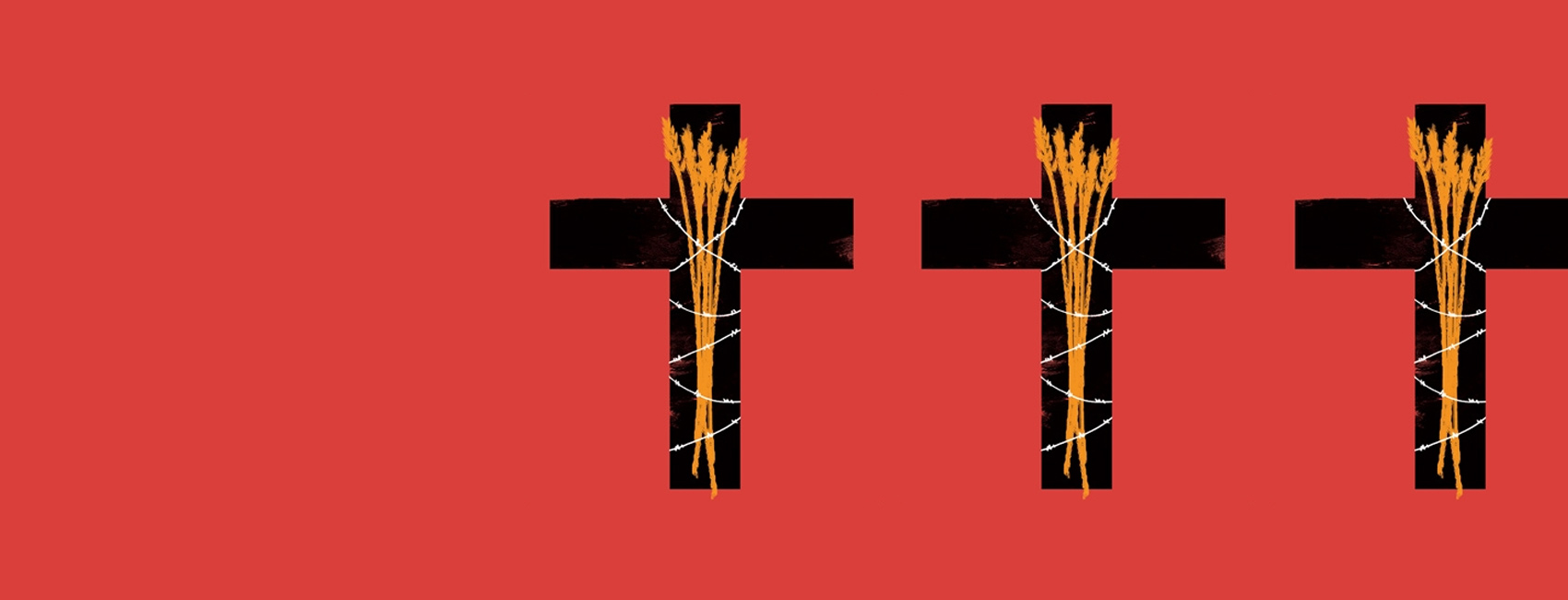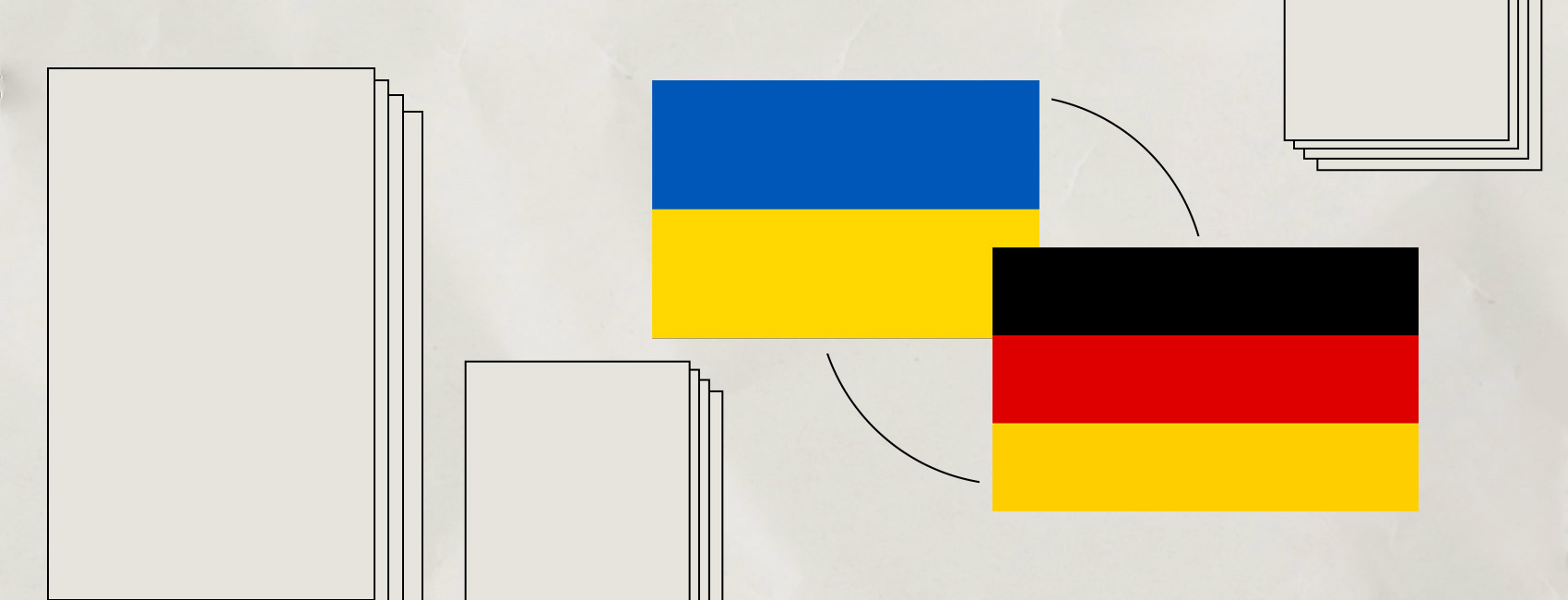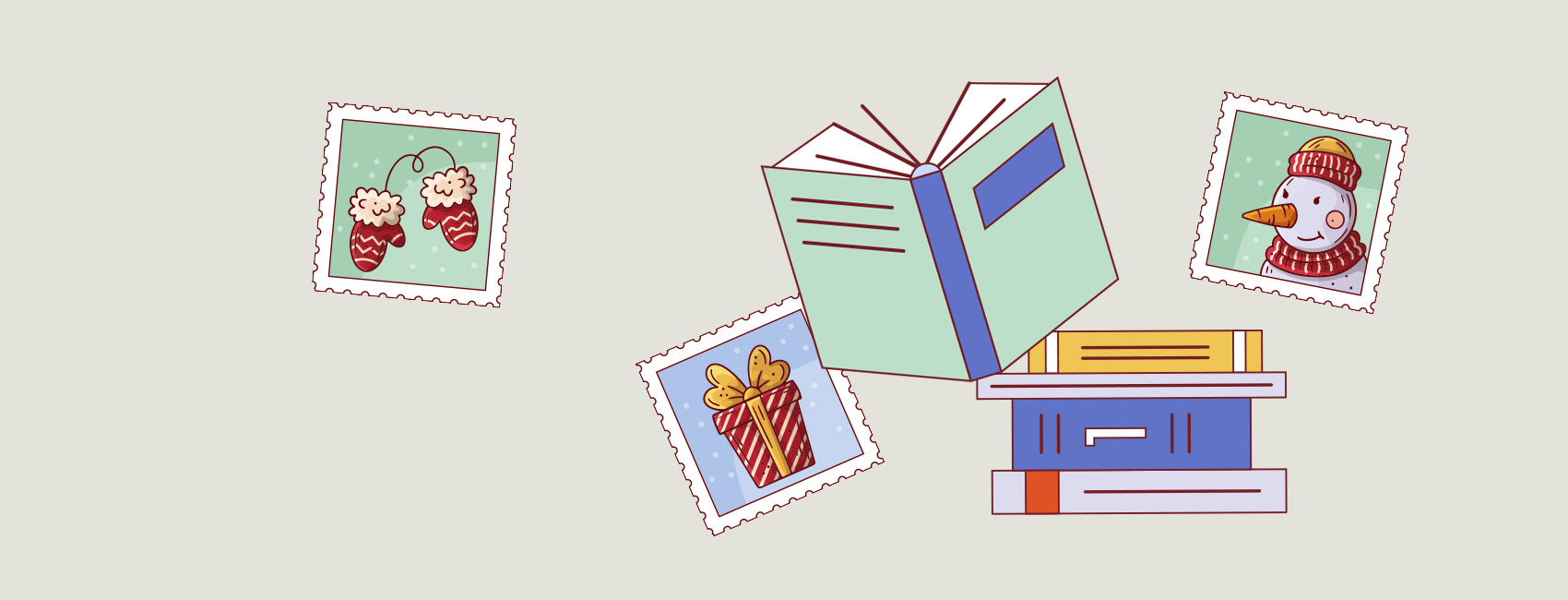* ESC - close the search window
ANDRIY LESIV
From centuries past to present: “Treasures of Ukraine” chronicles the resilience of a nation’s culture
27.07.2023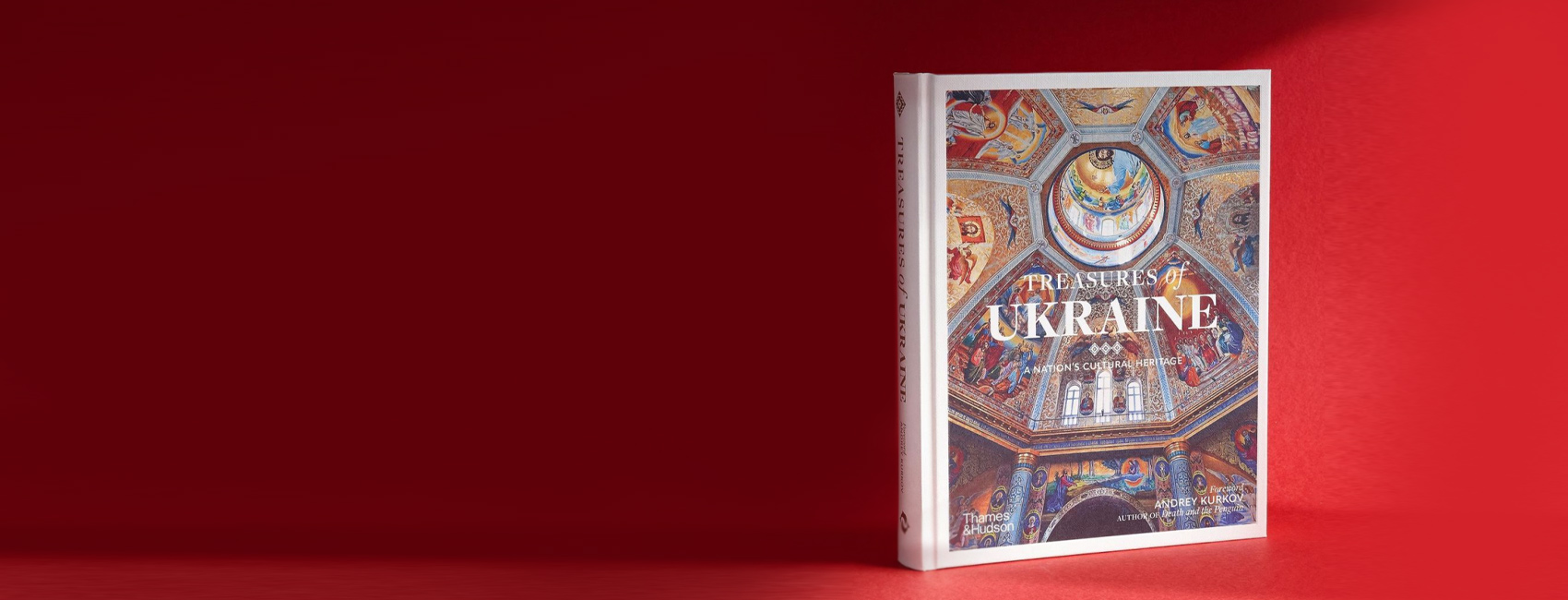
Guides made to help readers explore Ukraine are appearing on the shelves of well-known publishing brands more frequently but visual books about cultural heritage are drawing particular attention. Thames and Hudson have already published two editions that were completely dedicated to Ukrainian culture. Chytomo invited Romana Romanyshyn and Andriy Lesiv — two of Ukraine’s most renowned book artists — to discuss the first of the two, Treasures of Ukraine. Their editions are leading in terms of the number of translations sold among Ukrainian authors, and the artists themselves have received the most international awards in the field of visual books.
This book was created primarily for readers outside of Ukraine. For many decades and throughout the world, Ukrainian culture has often been interpreted through the prism of the Russian colonial narrative and even after thirty years of our independence we have not been able to completely eliminate the Soviet Russian lens when it comes to how Ukrainian culture and art are seen in the global context.
In numerous museums around the world, we still encounter descriptions like “Russian artist” in reference to avant-garde creators, including Ukrainian artists such as Oleksandra Ekster, Sonia Delaunay, Kazymyr Malevych (Kazimir Malevich), Vasyl Yermylov, David Burliuk and others.
Russia has been appropriating Ukrainian culture for many centuries, and was successful. Indeed, if you keep repeating a lie, many people will eventually believe it. Reclaiming these and dozens of other stolen names to the Ukrainian cultural field is pressing priority Ukrainians, and this edition has taken on this very mission.
In 2022 the esteemed British-American publishing house Thames and Hudson published a book about treasures of Ukraine for the international English speaking market. This work can be likened to a guidebook, aiming to introduce Ukrainian culture to the world as if it were some previously unnoticed continent on a map that has always been here, right under your nose. But the full-scale Russia’s invasion and the heroic resistance of Ukrainian people attracted the attention of billions of people worldwide, many of whom wanted to find out more about who Ukrainians are and what kind of country they are fighting so hard for.
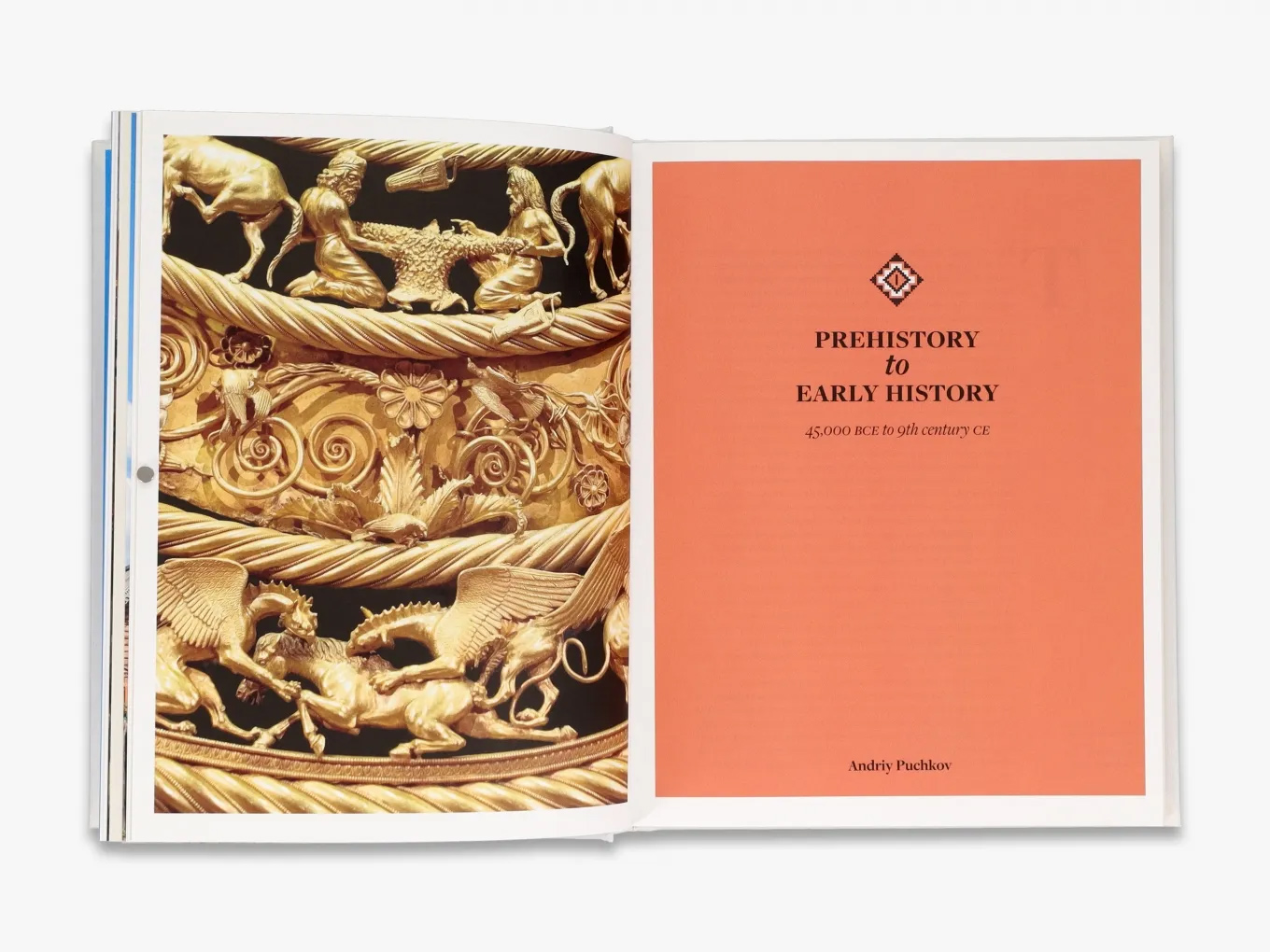
“The war always starts with words” — begins Ukrainian writer Andriy Kurkov in his introduction to the book, in which he unveils the essence of Ukrainian culture and art from a historical perspective for foreign readers. Kurkov meticulously describes the enormous gap between Ukrainians and Russians, tracing back centuries of deliberate Russification, and imperial pressure aimed at washing away and destroying everything Ukrainian, up to the full-scale invasion on Feb 24 2022, which was intended to put an end to the very existence of Ukraine as a state.
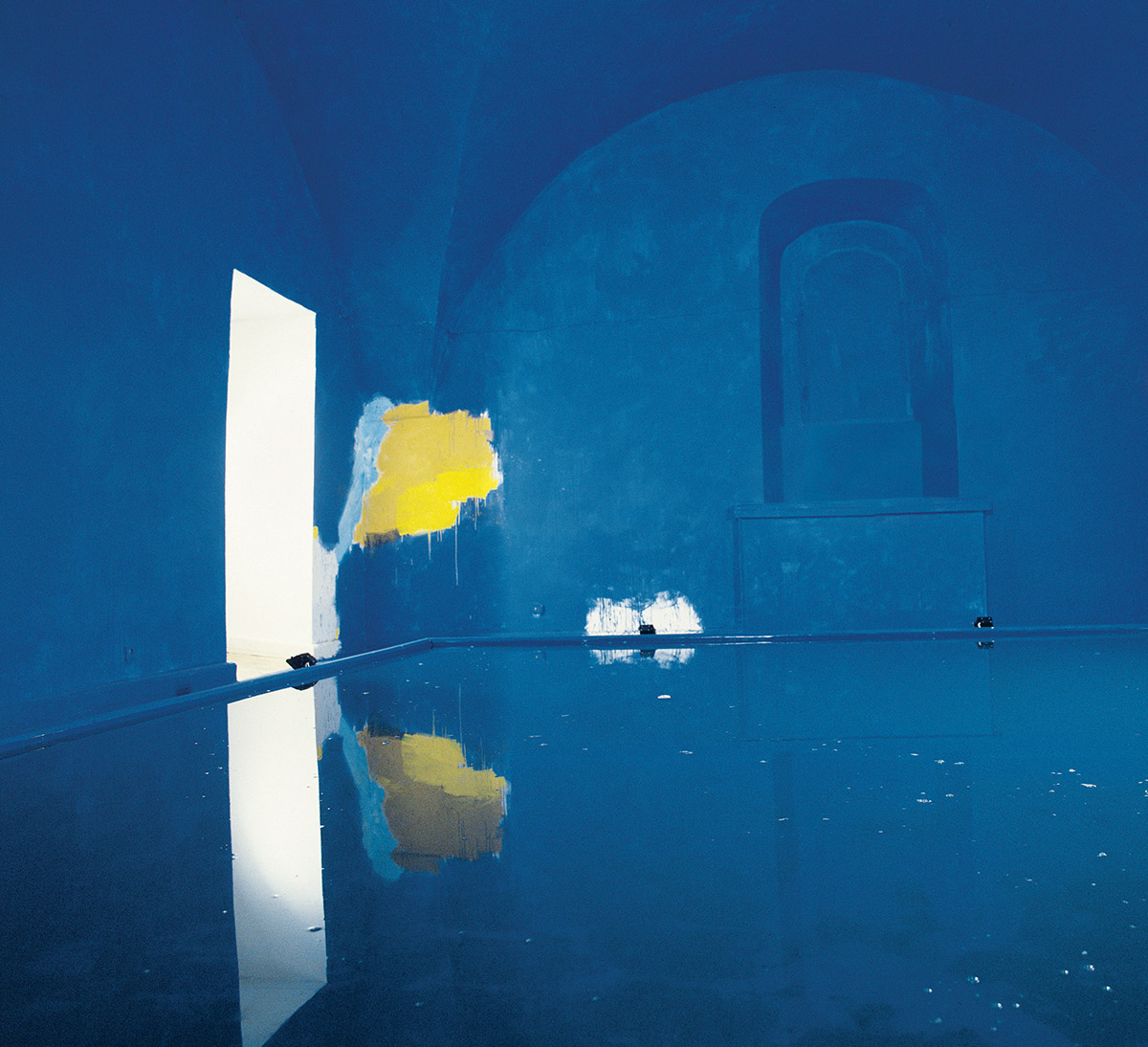
Tiberii Silvashi, Painting, 2000. Acrylic, water, wood, cellophane. Installation view, Centre for Contemporary Art at the Kyiv-Mohyla Academy.
© Tiberii Silvashi
Structured around a chronological historical framework, the book encompasses eight chapters, each crafted by a different author. Additionally, a distinct ninth chapter is dedicated to folk art:
- a chapter from prehistoric times to the Middle Ages was written by Andriy Puchkov, an architecture researcher, cultural critic and art critic;
- Christian Raffensperger, a professor at the University of Wittenberg, covers Kyivan Rus in the period of 9th-13th centuries;
- The period of the Grand Duchy of Lithuania in the 14th-16th centuries was detailed by art critic Diana Klochko;
- information about the Baroque period of the 17th and 18th centuries is provided by Maksym Yaremenko, professor at the Faculty of History of the National University of Kyiv-Mohyla Academy;
- the period from the 19th century to the Fin-de-Siècle (the end of a century, especially the 19th century) was studied by Alisa Lozhkina, an art critic and curator; the same author prepared a section on folk art at the end of the edition;
- avant-garde art and theater by Myroslava Mudrak, Emeritus Professor of Art History at Ohio University and member of the National Academy of Arts of Ukraine;
- art of the Soviet times of the 30s-80s of the 20th century by Oleksandr Solovyov, art critic and curator;
- Victoria Burlaka, a researcher of contemporary Ukrainian art, art critic and curator, described contemporary art from the 1980s to the present.
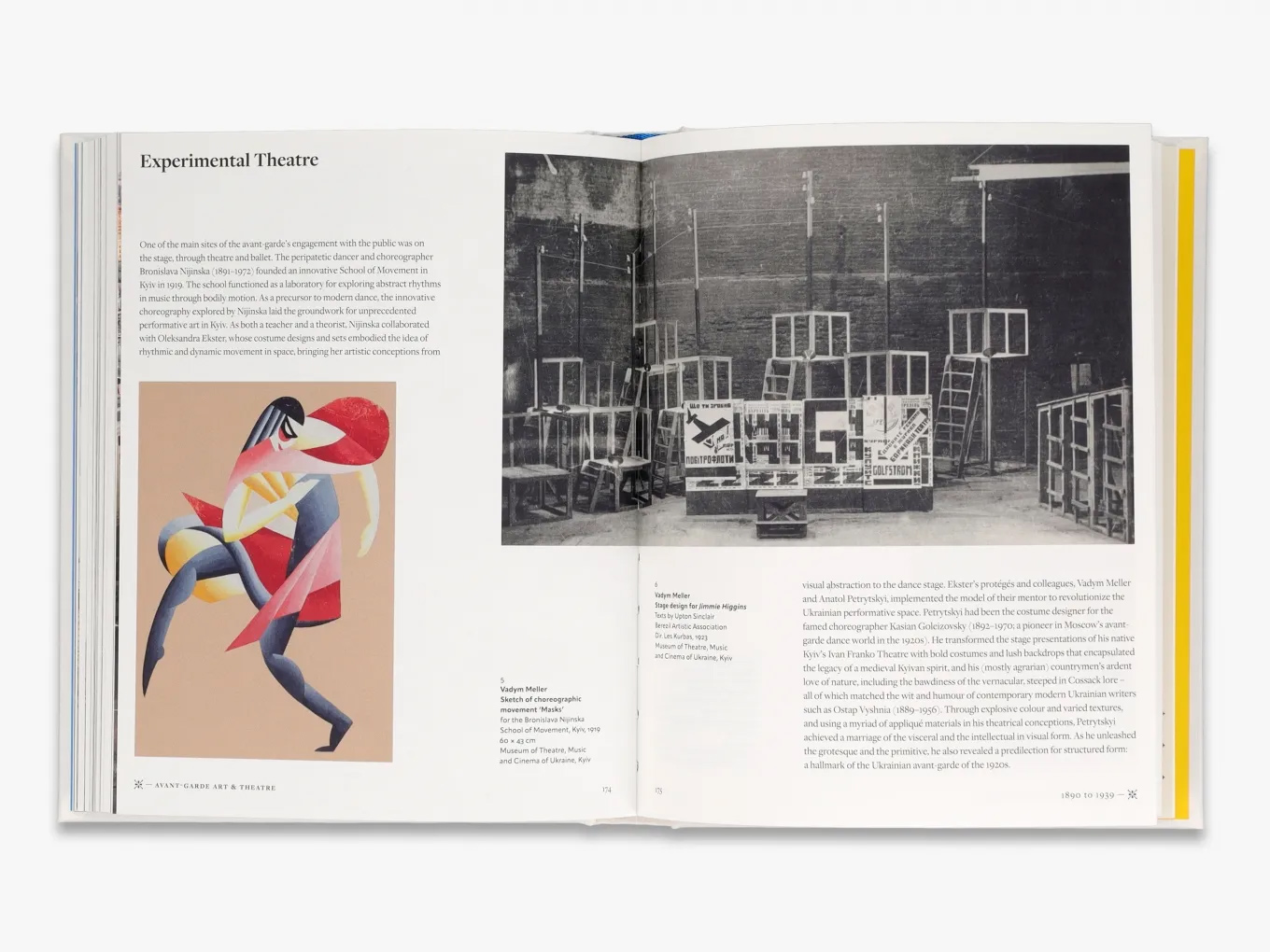
A formidable team, joined by dozens of experts from different countries across the world, have created an utterly exceptional edition that reveals a panoramic representation of Ukrainian art within the intricate fabric of European culture. The book actually provides a clear understanding of how inclusive and relevant Ukrainian culture is to the European milieu.
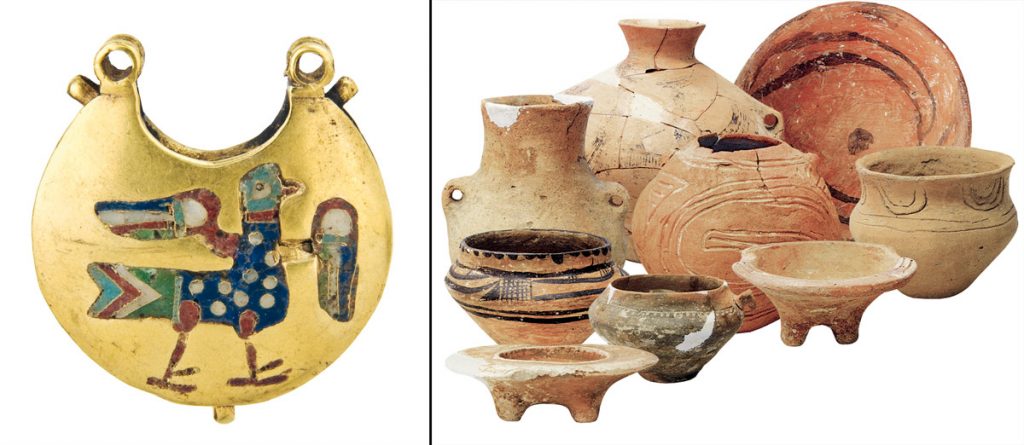
Kolti (details)
Trypillian ceramics. End of 5th-beginning of 4th millennium BCE. Ceramic
© National Museum of the History of Ukraine, Kyiv
The first thing we notice every time we pick up a new book is its architecture. The cover, fly-leaf, foretitle, frontispiece, title — these are the keys that unlock the book for the reader, a kind of code that stands as one of the most important conceptual elements of the book. This ensemble forms the entrance corridor to the world the author aims to present.
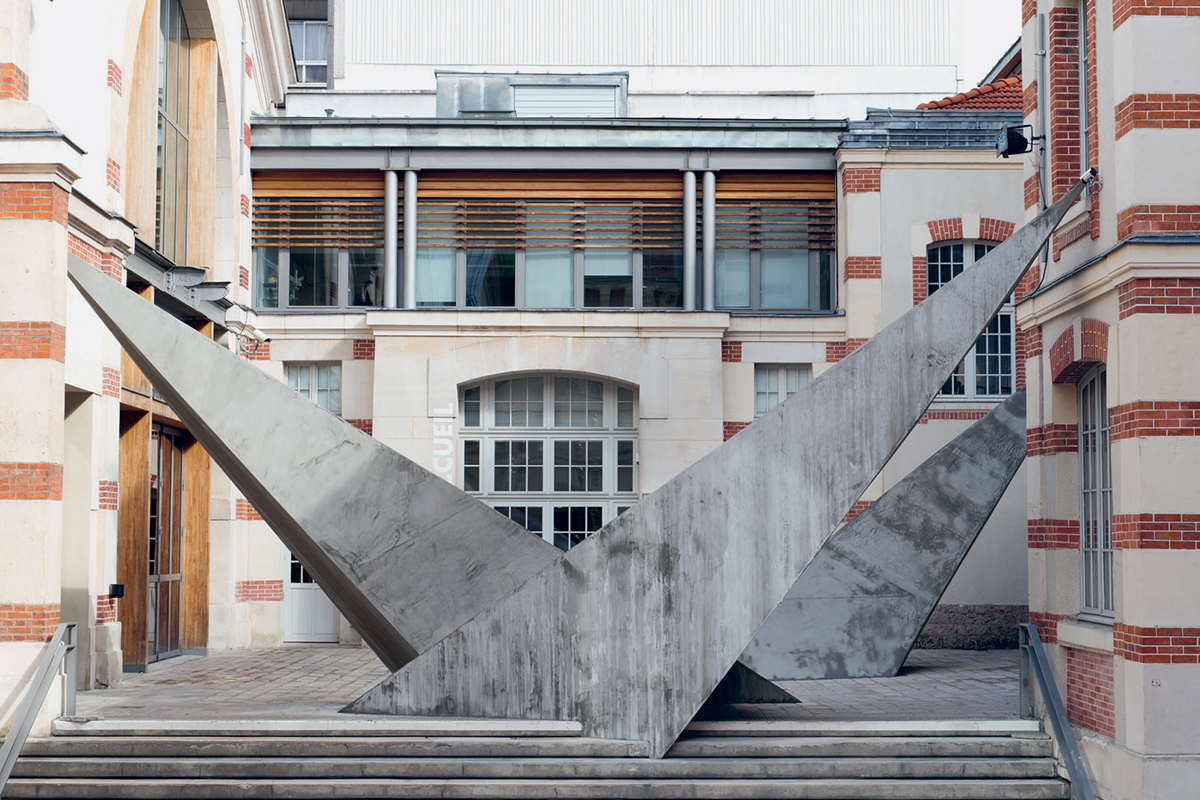
Zhanna Kadyrova, ‘Security Cameras’ from Invisible Forms, 2015. Wood, cement Installation view, Cent Quatre, Paris, France
Photo Marc Domage
RELATED: Ukrainian photo book was included in the list of favorites in the Netherlands
Foretitle of The Treasures of Ukraine edition features the lyrics of the famous song of the Ukrainian Sich Riflemen* “Oh, the Red Viburnum in the Meadow” translated into English with a brief historical background on the patriotic march, which has become a symbol of the resistance of the Ukrainian people. The frontispiece showcases an ancient icon of Yuriy Zmiyeborets (Saint George the Dragon Slayer) — an esteemed figure in Ukrainian tradition, honored as the patron of Kyivan Rus, Kyiv, and other regions of Ukraine, created more than 500 years ago, an eloquent symbol of a victorious warrior, defender and patron saint. After the title page the authors place two more full-page images: a photo of the interior of St. Volodymyr’s Cathedral in Kyiv and a fragment of a painting by Ukrainian artist Ilya Repin “Cossacks Writing a Letter to the Turkish Sultan.”

Scene of the abduction of Persephone by Hades in the lunette of the Crypt of Demeter in Kerch. Floral style, early in 1st century CE. Fresco. Kerch, Crimea
And now we have a complete picture of the visual introduction to the book, which puts the reader in the right frame of mind: this is an edition about a country with a powerful cultural heritage and spirituality, about a people who are fighting for their freedom and know its value and who also have a unique sense of humor.
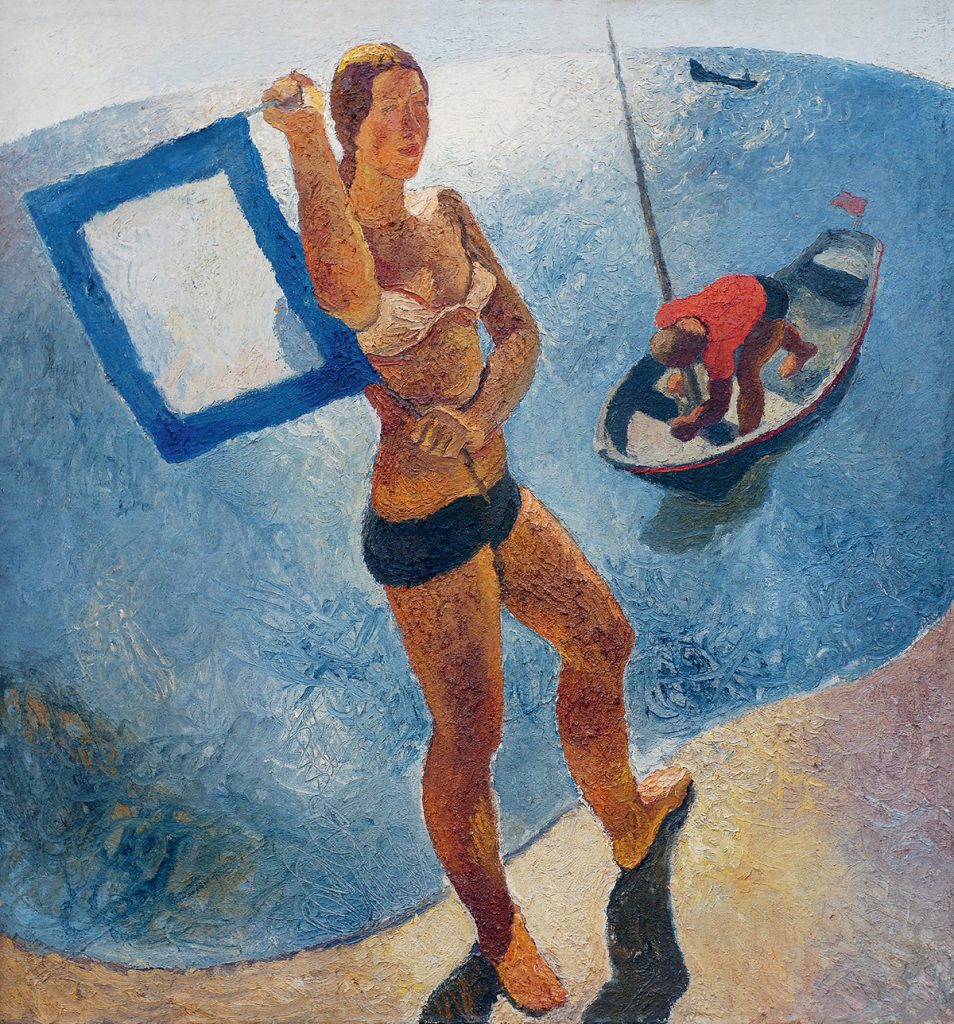
Yurii Yehorov, Leaving Soon, 1972. 147 x 143 cm
Odesa Museum of Fine Arts
Chapter by chapter, as if layer by layer, the book dissects the body of Ukrainian art, revealing its strong muscles and sturdy backbone. Sweep after sweep, the book unfolds into a vast panorama, from prehistoric times to contemporary art, demonstrating an incredible range of skill and transformation — from jewelry-like pectoral scenes to monumental canvases.

Boris and Hlib. Mid-14th century. Tempera on wood. Height 142.5; width 94.3 cm. Kyiv Picture Gallery
© Collection of the National Museum “Kyiv Art Gallery” (the Kyiv National Art Gallery)
The photographs of works of art are interspersed with images of architecture, showing fragments of the landscapes that have shaped many generations of Ukrainians over the centuries. The light shining from the sky in the photos echoes the light of the faces of saints, the whiteness of ancient walls and the shine of precious metals.
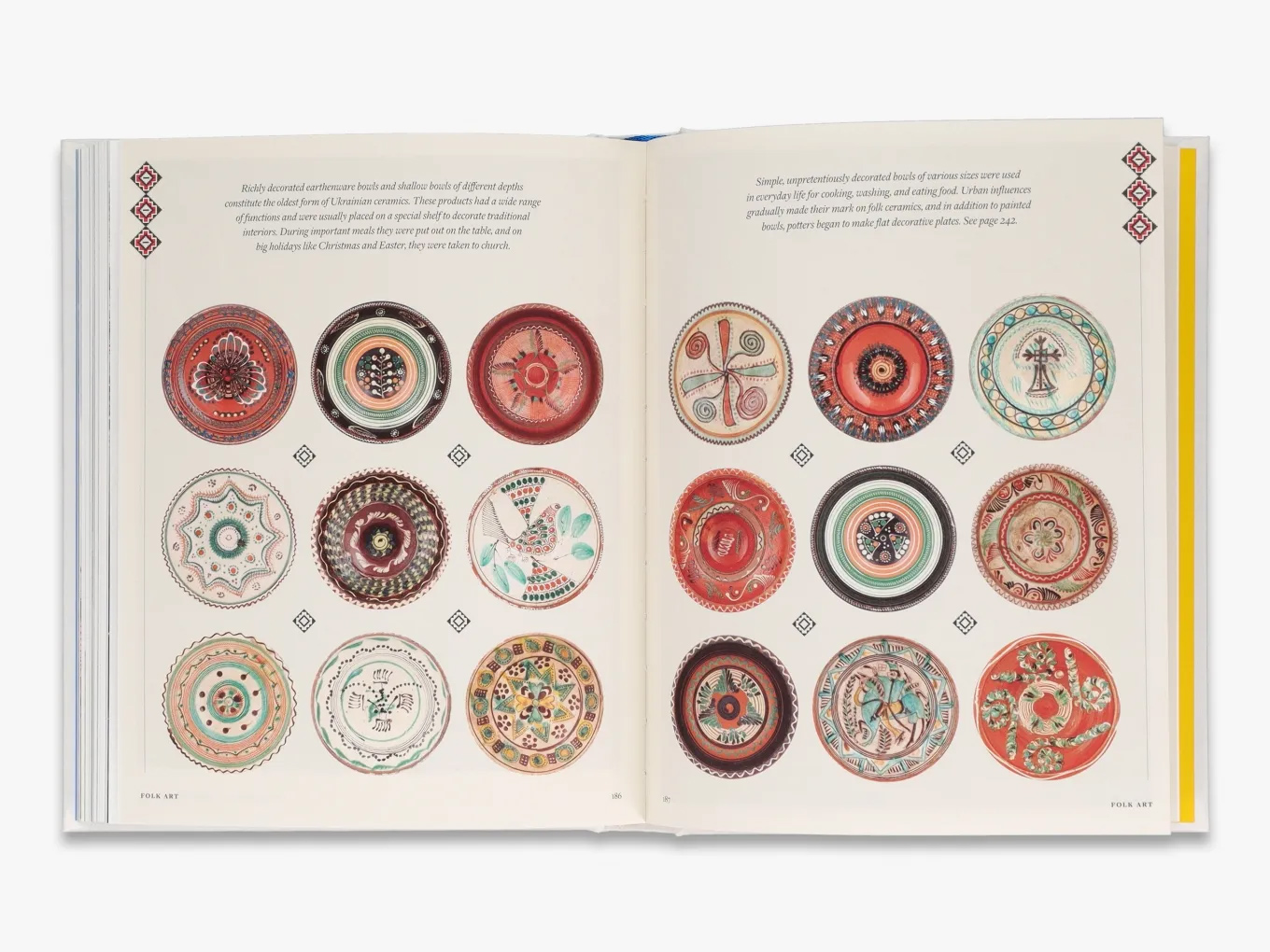
As you traverse the book’s pages, you can trace dialogues between eras, revealing how iconography echoes in avant-garde art, or a medieval fortress in Khotyn with Derzprom, the State Industry Building in Kharkiv. In the end, this cable of memory, laid from the past to the present, becomes visible. Contrasts are also important here: the dull gold of ancient jewelry and the matte surface of ceramics, monumental majestic cathedrals and cozy little wooden churches, sentimental flowers and birds of naïve art contrast with the sharp geometric forms of avant-garde art. And all of this, at the very first glance, is different but everything is in the same system of coordinates, everything is united.
We should also underline how brilliant the visual material is presented in the book. The choice of designers for such an edition is of incredible precision and the publisher demonstrates great responsibility for this project by choosing Grade Design studio, which has extensive experience working with museums and art publications (Editor’s note: Grade Design have also provided visual embodiment of another edition by the same publisher — In the Eye of the Storm: Modernism in Ukraine, 1900–1930s https://www.gradedesign.com/in-the-eye-of-the-storm – ).
The experience and respect for the material is immediately apparent in how skillfully the designers handle the space of every page and the proportions of the photos, and in the way they work with the sequence of images without “shouting” with their design, highlighting this fragile beauty that could have been destroyed and is already being destroyed and stolen by the Russian occupiers.
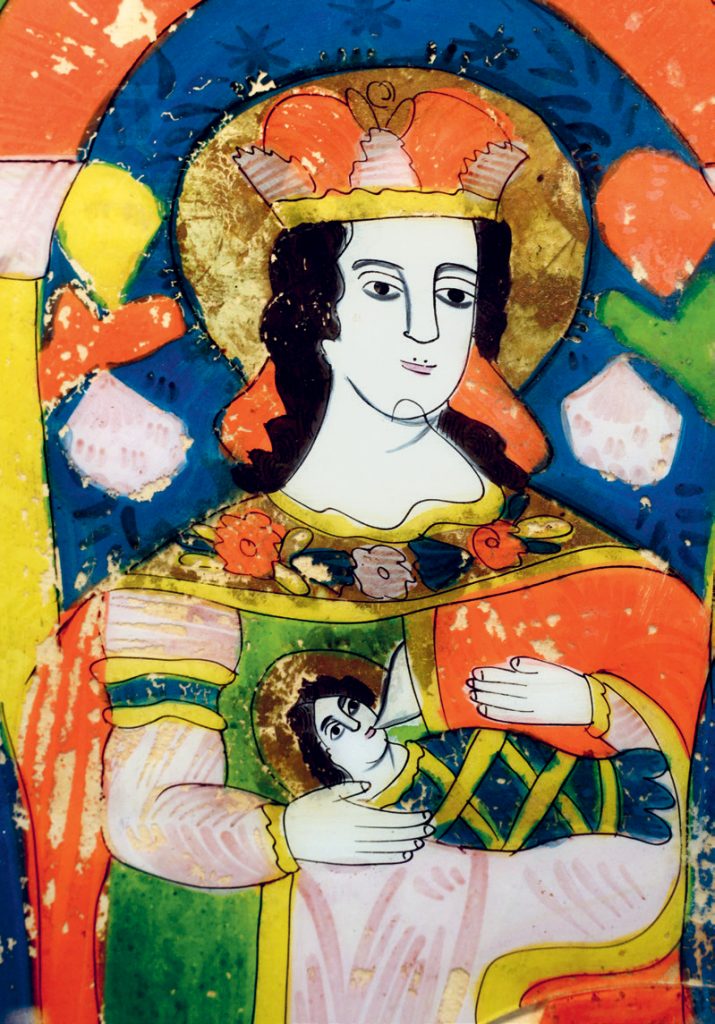
Traditional Volyn glass paintings. 19th century. Ostroh, Rivne oblast
Ivan Vdovin/Alamy Stock Photo
The intervention of designers is very precise and discerning — for example, for each section they created a simple icon that evokes the look of a mosaic, an embroidery or a pixel. And they couldn’t resist adding a subtle decorative element around the page numbering, as if to hint at the very inherent need of Ukrainians to decorate the space around them. And finally a wonderful timeline on the history of Ukrainian art to completely organize all the treasures you have seen.
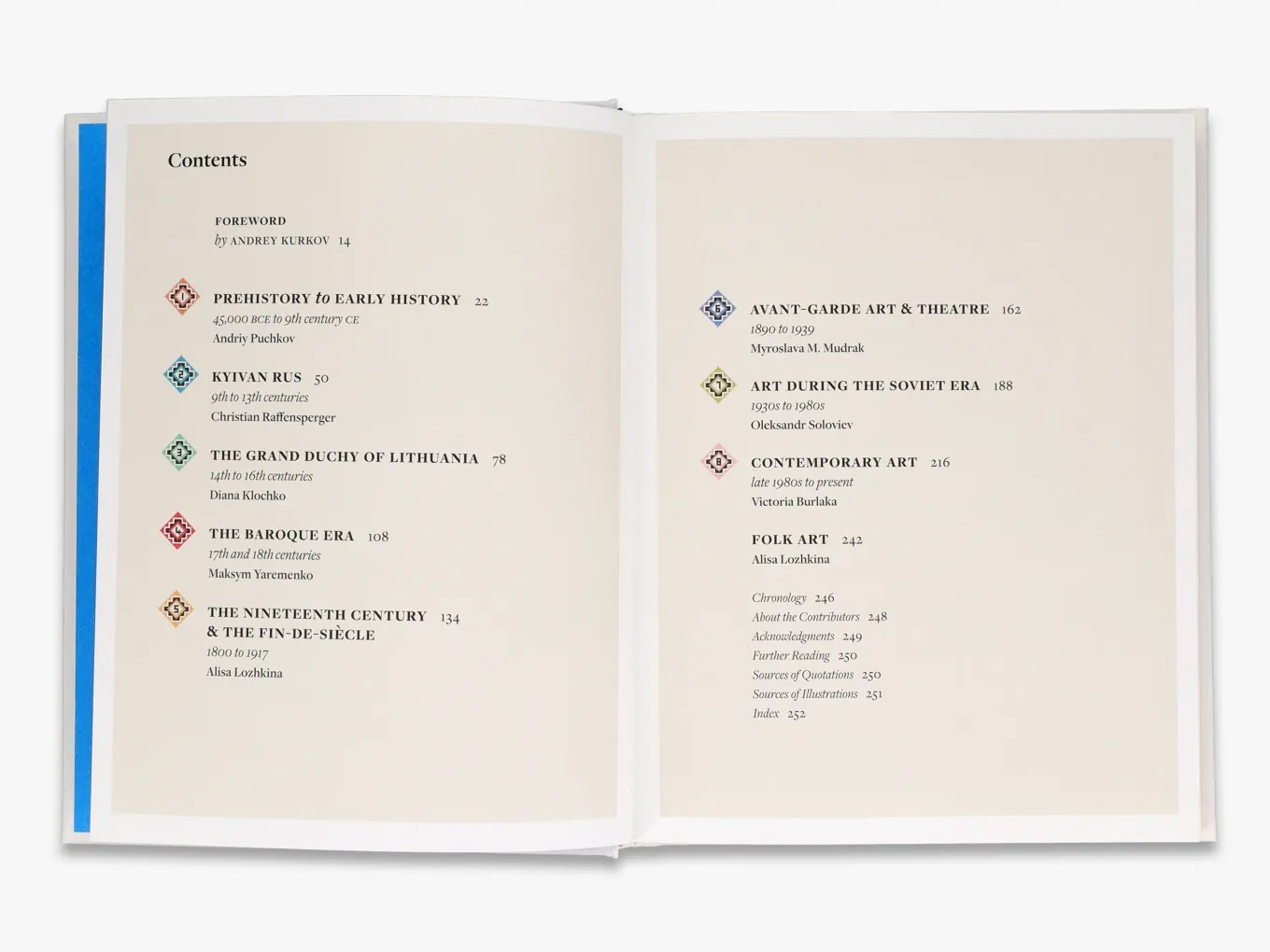
The book ends with Taras Shevchenko’s, the nation’s greatest literary figure, poem “Zapovit” (last will), a necessary element in the drama of this edition, a text that is the essence of being a Ukrainian.
NB: money from the sale of this edition is transferred to PEN Ukraine for the support of Ukrainian authors. Part of the funds will be used to support museums in Ukrainian cities that suffered from the Russia’s invasion, to rebuild them and restore their collections.
* songs of “Ukrainian Sich Riflemen” are the songs created in the legion of the Ukrainian Sich Riflemen in 1914-1918 during the national liberation struggle. The song “Oh, the Red Viburnum in the Meadow” was the anthem of this legion and later became a symbol of Ukrainian fight for freedom and independence and became folk song. In 2022 this song became extremely popular after being performed by Andriy Khlyvniuk in the first days of Russia’s invasion and a cover version of the song by Pink Floyd known as «Hey, Hey, Rise Up!»
The publication is a part of the “Chytomo Picks: New Books from Ukraine” project. The materials have been prepared with the assistance of the Ukrainian Book Institute at the expense of the state budget. The author’s opinion may not coincide with the official position of the Ukrainian Book Institute.
Visual materials: Thames and Hudson
The publication is a part of the “Chytomo Picks: New Books from Ukraine” project. The materials have been prepared with the assistance of the Ukrainian Book Institute at the expense of the state budget. The author’s opinion may not coincide with the official position of the Ukrainian Book Institute.
This publication is sponsored by the Chytomo’s Patreon community


